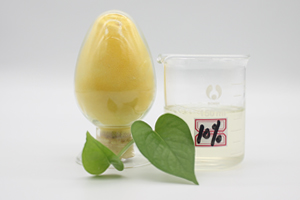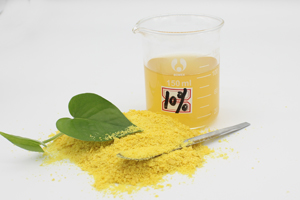Treatment chemicals for papermaking wastewater:
During the papermaking process, organic chemicals used as additives or additives are not completely retained in the paper web and some are lost to the wastewater.
This part has a certain impact on drainage water quality, leading to an increase in COD and other indicators. The main sources of adsorbed organic halides are chlorine bleaches, disinfectants and some additives. Raw material preparation, chemical pulping and washing in the papermaking process are all processes that generate wastewater. COD, BOD and AOX (absorbable organic halogens) in the wastewater will greatly affect the water quality.
The selection of papermaking wastewater treatment agents can be achieved by using flocculants. The flocculation and sedimentation method has the advantages of simple process, convenient operation and management, high COD removal rate, and avoidance of secondary pollution. It has low cost, good treatment effect, and good economic and environmental benefits. This is an effective primary treatment method that can be used in paper mills.
Of course, in addition to aluminum sulfate, ferric chloride, ferrous sulfate and poly aluminum chloride are also efficient flocculants. In addition, for the treatment of a large number of small particle wastewater with a relative density close to water, the air flotation method can be used to pressurize and aerate the wastewater before decompression, so that suspended solids are removed as the bubbles rise; advanced oxidation processes such as biological treatment technology, anaerobic biological treatment, aerobic biological treatment, etc. are also very effective treatment methods for paper production wastewater.


